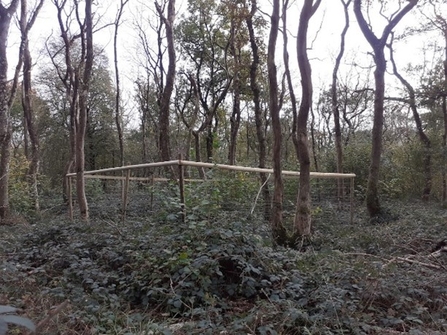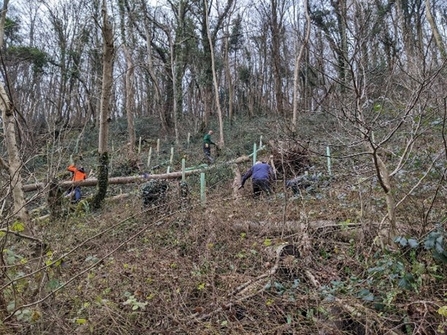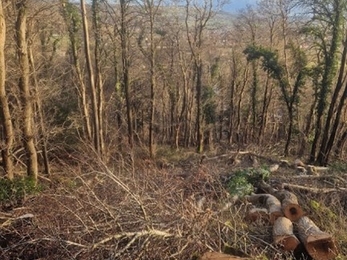The composition of these woodlands varies somewhat across Mendip, but typically consist of a mixture of ash and small leaved lime standards, with a hazel, field maple and hawthorn understory, alongside occasional hornbeam, wych elm, whitebeam and wild service trees.
Semi natural ancient woodland
Many of these woods are remnant fragments which have been woodland for a very long time; the usual definition of a “semi natural ancient woodland” is that it must have been wooded since 1600 AD. Note that these sites are referred to as “semi natural” rather than natural, as throughout history, they will have been managed for timber, firewood, and coppice products.














